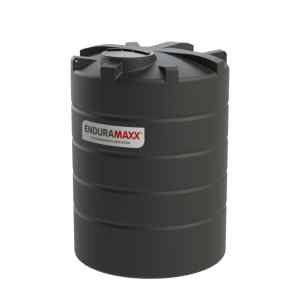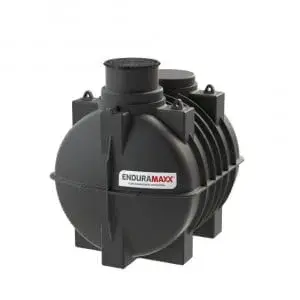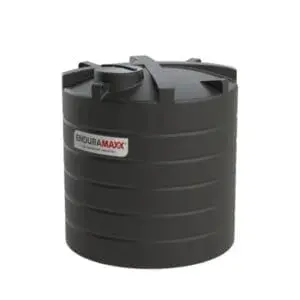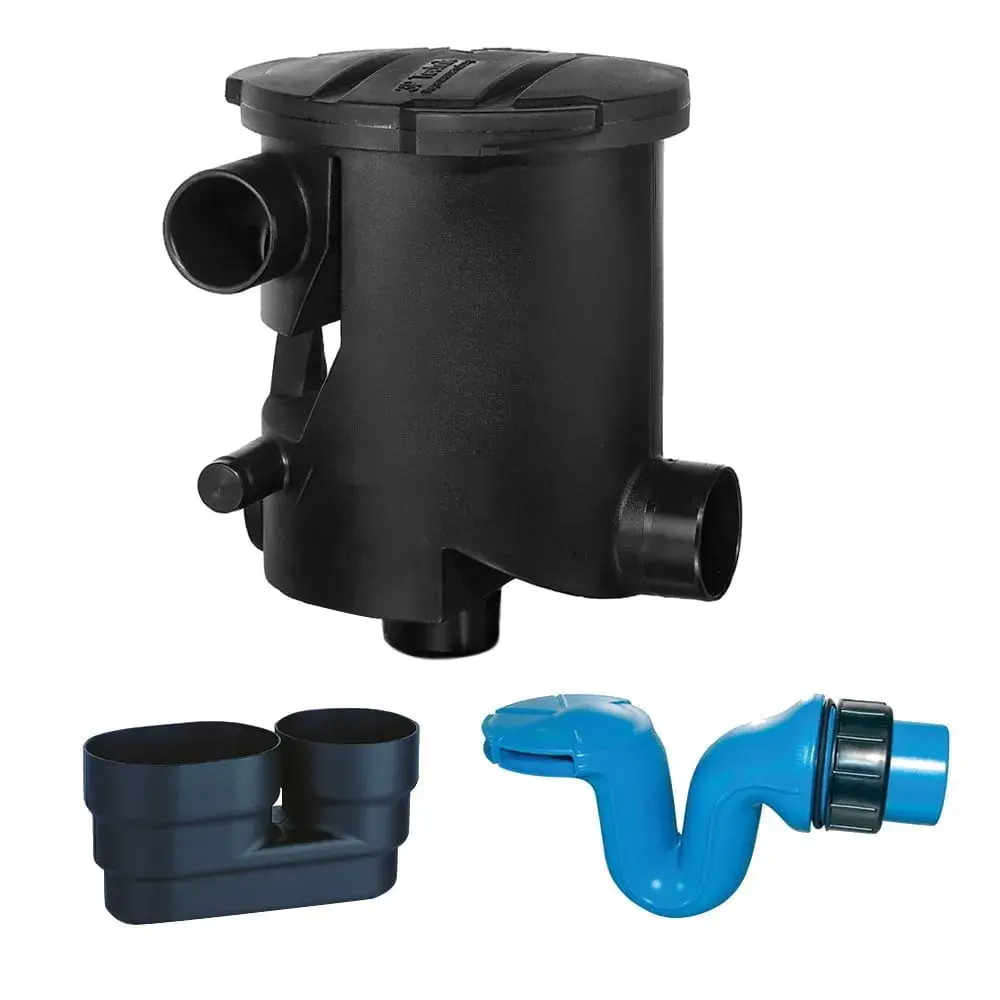 They may look similar, but there are a few crucial differences between water tanks and water bowsers. In today’s article, we look inside the tank to spot the differences.
They may look similar, but there are a few crucial differences between water tanks and water bowsers. In today’s article, we look inside the tank to spot the differences.
What Is A Water Tank?
Water tanks come in many shapes and forms, but they all share the same principle of being static. Water tanks are often fixed to buildings, buried underground, or used for rainwater harvesting. Because full water tanks are not designed to be moved, they are not usually made to withstand much fluid movement. For instance, if a full water tank was driven in a lorry or flat-bed trailer, it could cause dangerous sloshing motions that destabilise the vehicle. Therefore, tanks are usually used in areas that require a permanent water supply.
What Is A Water Bowser?
Unlike water tanks, water bowsers are designed with movement in mind. They usually contain bafflers, which are interior slats that prevent waves from forming, as well as self-closing vents to stop leakage. As they are made to be towed – often over very bumpy terrain by tractor – they tend to be very strong, with galvanised frames. For use on farms, quarries, and construction environments, Enduramaxx offer bowsers with inbuilt single axle dust suppression.
Do I Need A Water Tank Or A Water Bowser?
If you need to regularly store and use water in the same place, a tank is ideal. Water tanks are sturdy, robust, durable, and – with the right maintenance – incredibly safe. Trying to tow a full tank behind a vehicle is not safe, so that’s where water bowsers take centre stage. Water bowsers are most frequently used on farms and outdoor industrial sites where there are no mains water supply, although there is increasing interest in using them in sustainable horticulture where collecting rainwater is part of the equation.
Is There A Difference In Water Quality Between Tanks And Bowsers?
Water quality depends on several factors. For instance, poorly maintained tanks and bowsers are vulnerable to algae and bacteria, but this is easily avoided with simple cleaning routines. The choice of materials also makes a difference, as cheap plastics can quickly degrade and lead to cracks and leaks, which can cause poor water quality. Ideally, opt for a tank or bowser that is heavy duty, and which has good UV resistance.
Is A Water Tank Or A Water Bowser More Cost Effective?
Choosing between a tank and a bowser should always come down to its purpose. If the water is static, a tank is often the most cost-effective option. Tanks tend to be cheaper, although there can be installation costs if it is underground. However, if water needs to be moved, water bowsers are more efficient. Praised for their time-saving, energy-saving, accident-reducing credentials, water bowsers can keep the returns coming in exchange for very little investment.
Find Out More
At Enduramaxx, we have 12 years of experience helping businesses save time and money without sacrificing water quality. To speak to one of our friendly team today, please call 01778 562810.
Image Source: Enduramaxx
Posts By Topics
- Blog (303)
- Chemical Storage Tanks (118)
- Chemical Dosing Tanks (114)
- Chemical Tanks (114)
- Water Tanks (58)
- Rainwater Harvesting Tanks (43)
- Vertical Rainwater Tanks (31)
- Vertical Storage Tanks (31)
- Cone Bottom Tanks (19)
- Conical Cone Tanks (18)
- Rainwater Harvesting (17)
- Water Bowsers (15)
- Horizontal Tanks (14)
- Potable Water Tanks (13)
- Farming (9)
- Case Studies (8)
- Industrial Storage Tanks (7)
- Liquid Fertilser Storage Tanks (6)
- WRAS Approved Potable Tanks (6)
- Wine and Beer Production (6)
- Horizontal Transport Tanks (5)
- Microbrewery (5)
- Rainwater (5)
- Category 5 Break Tanks (4)
- Cider Production (4)
- Mixer Tanks (4)
- Molasses Tanks (4)
- Polyethylene tanks (4)
- Rainwater Filter Kits (4)
- SPECIALIST & BESPOKE TANKS (4)
- Bunded Tanks (3)
- Slimline Tanks (3)
- WRAS Approved (3)
- Clarification Tanks (2)
- Crosslinked Polymer Tanks (XLPE) (2)
- Fertiliser Tanks (2)
- Sump Tanks (2)
- Tank Installation (2)
- Water Butt (2)
- underground water tanks (2)
- ACCESSORIES & FITTINGS (1)
- ATV & UTV SPRAYING UNITS (1)
- Above Ground Effluent Tanks (1)
- Bespoke Tank Frames (1)
- Category 5 Turret (1)
- Caustic Soda Tanks (1)
- Closed Top Bunded Tanks (1)
- Craft beer (1)
- Effluent Tanks (1)
- Enduramaxx (1)
- Ferric Chloride Tanks (1)
- Fire Safety Regulations (1)
- Fire Sprinkler Water Storage Tanks (1)
- Industrial Water Tank (1)
- Open Top Bunded Tanks (1)
- Open Top Cone Tanks (1)
- Open Top Vertical Tanks (1)
- Polyethylene Potable Water Tanks (1)
- Polyvinylidene Fluoride (PVDF) Tanks (1)
- Polyvinylidene Fluoride Tanks (PVDF) (1)
- Pressure Washers (1)
- Pro Series Spot Sprayers (1)
- RWH (1)
- Sodium Hydroxide Storage Tanks (1)
- Sprayer Fill-up Tanks (1)
- Uncategorised (1)
- liquid fertiliser tank (1)
Sign up to the newsletter
enduramaxx.marketing
Related Posts
Water Bowser Trailers, Road or Site Tow: What Do I Need?
Which types of Water Bowser Trailers are best? – We are always asked are what kind of Water Bowser...
What Is Regulation 5 Of The Drinking Water Inspectorate?
Regulation 5 of the drinking water inspectorate is to prevent the use of products or substances...
Farm water planning - what you need to know | Enduramaxx
What you need to know about farm water planning, water is one of the most crucial elements of any...
Related Products
From £1,080.00 inc. VAT
£900.00 exc. VAT
From £1,344.00 inc. VAT
£1,120.00 exc. VAT
From £768.00 inc. VAT
£640.00 exc. VAT
£480.00 inc. VAT
£400.00 exc. VAT






